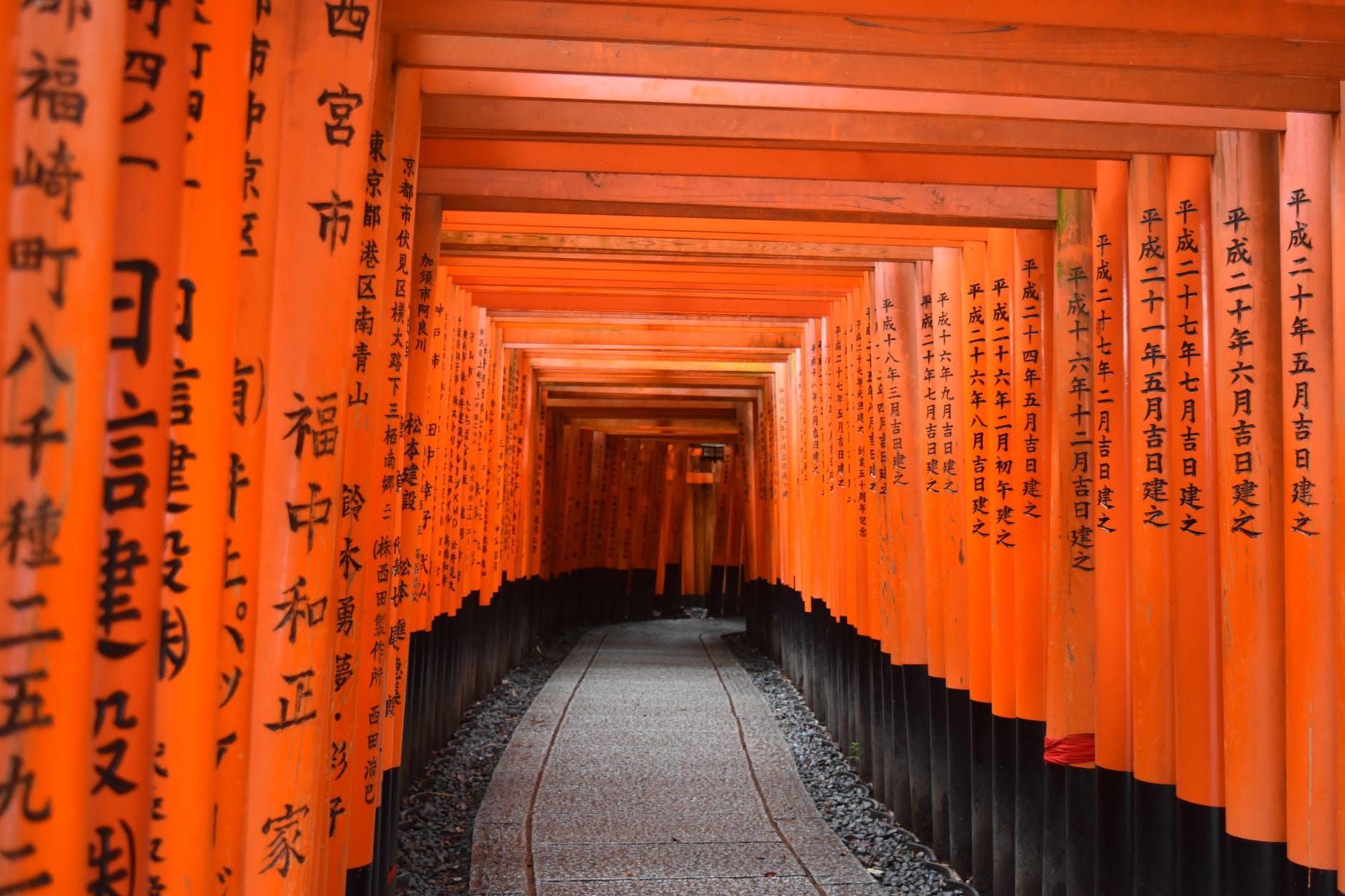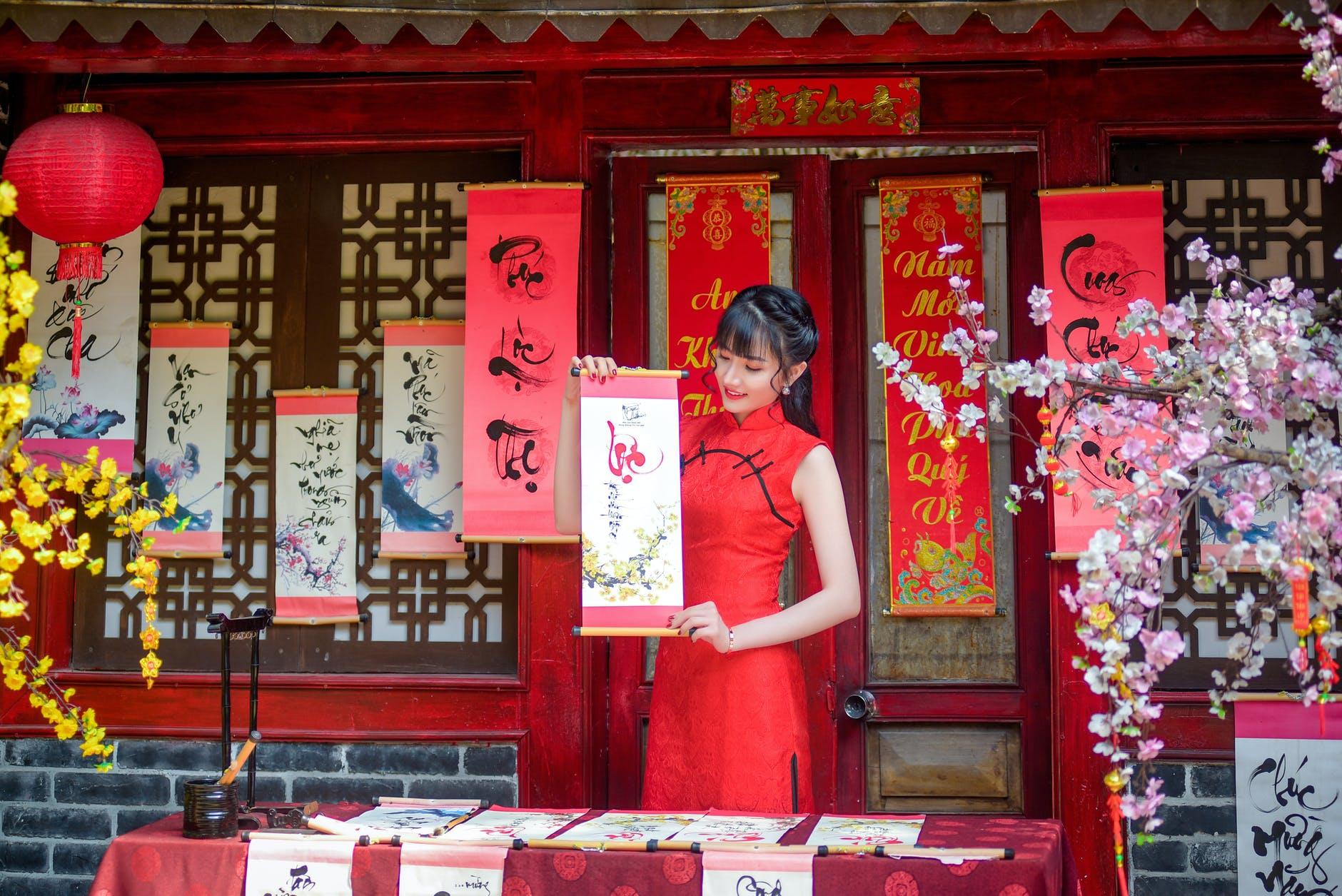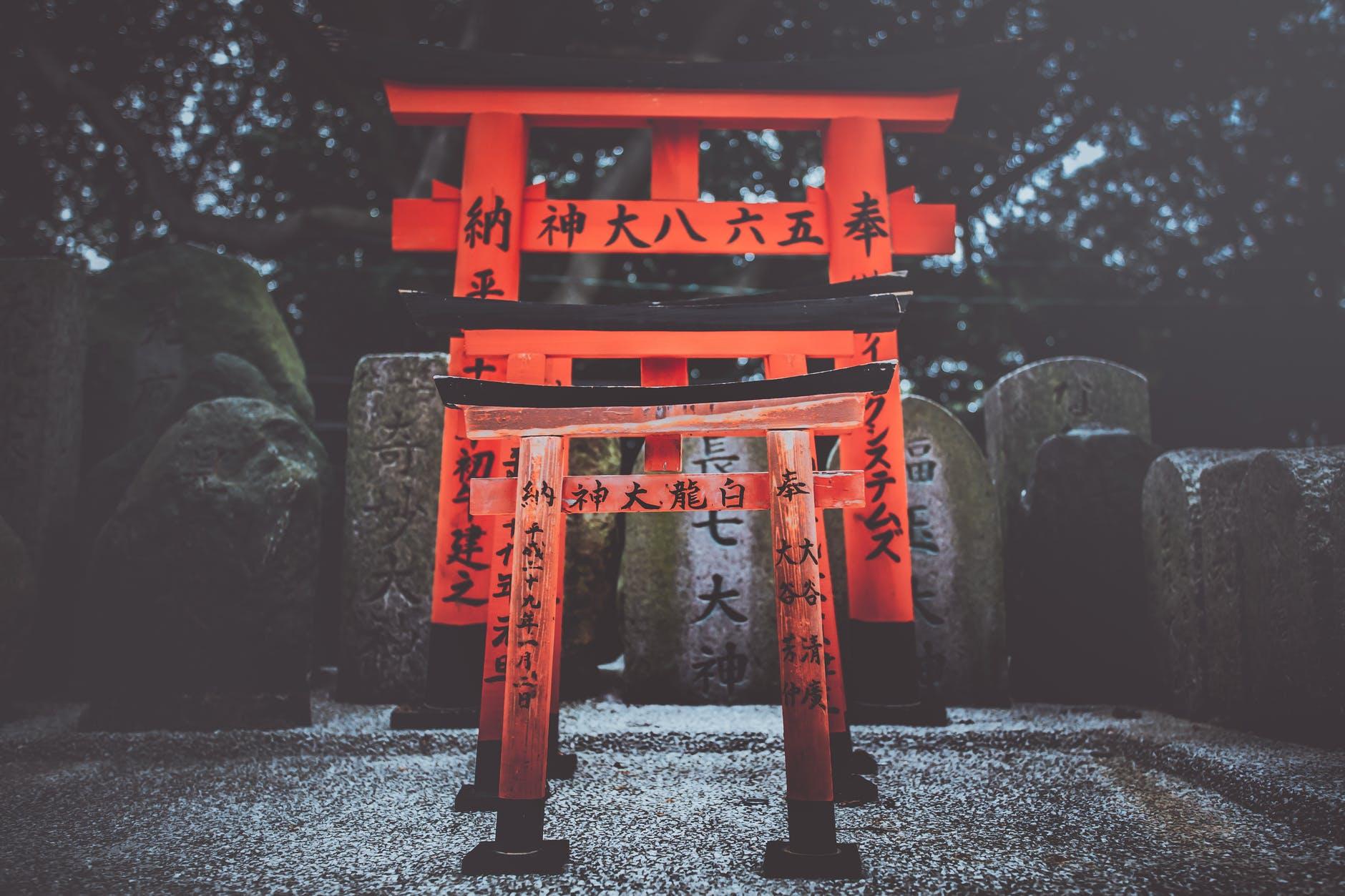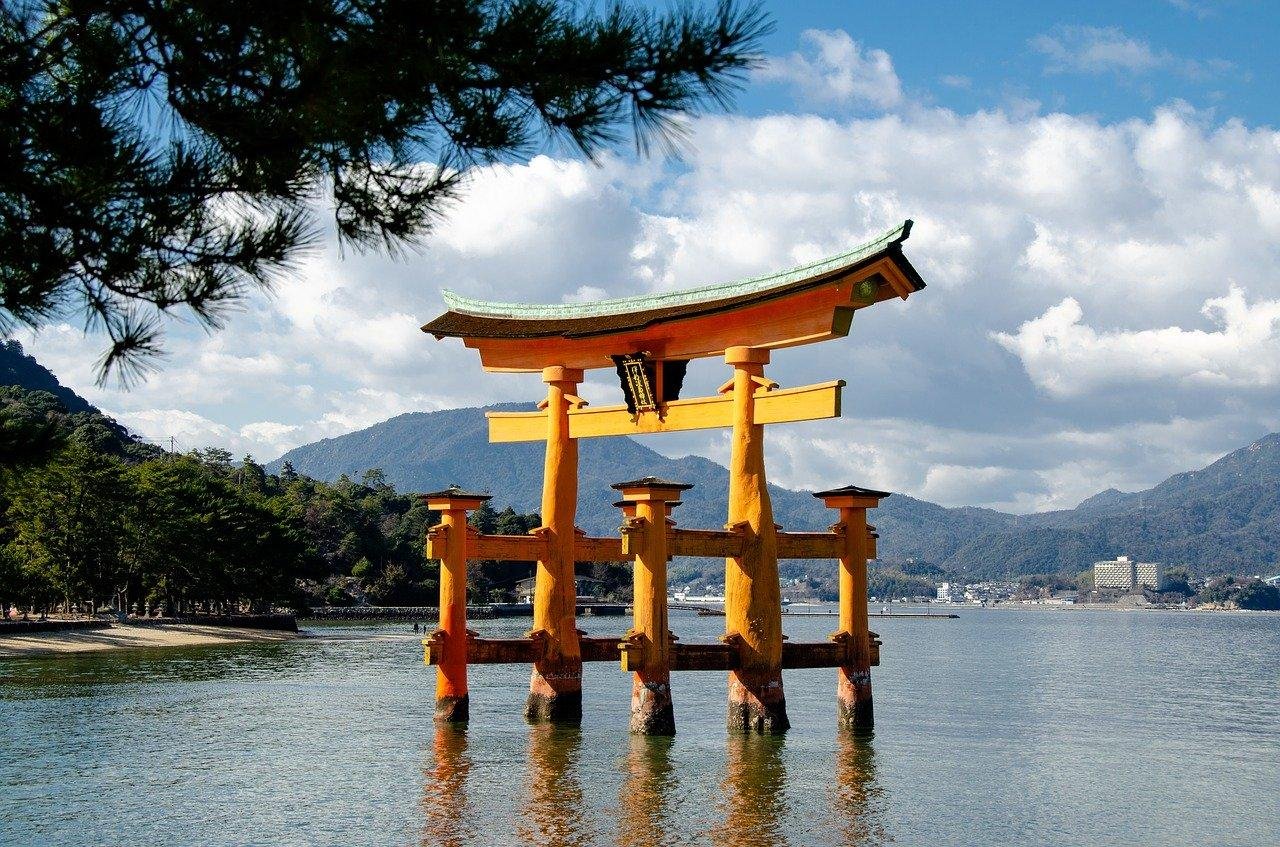Shinto – what the Land of the Rising Sun believes in
Shintoism (or Shinto) is considered the main religion of Japan, which is professed by almost 80% of the population, one way or another, participating in Shinto rituals. So that you can understand the scope and spread of Shinto in the Land of the Rising Sun, there are more than 80 thousand Shinto shrines.
What is Shintoism, as well as its basic postulates and rituals? Why has it not spread to countries other than Japan, and what are its prospects for the future?
What is Shinto?

The word “Shinto” means “the way of the gods.” It is believed that now in Japan it is professed by about 119 million inhabitants, and at the heart of Shintoism is the cult of Kami (the spiritual, divine essence of each object), the cult of nature and ancestors with the main emphasis on spiritual purity. In Shinto, there is no, so to speak, founder and there is no one God. And also in Shintoism there is no holy book like the Bible or the Koran.
The concept of Kami in Shintoism is interpreted as a divine force present in nature and in all its objects. In addition, Shinto is a polytheistic religion with many deities, and is distinguished by an animistic view of the belief that animals and inanimate objects also have their own spiritual essence.
Unlike many religions, Shintoists do not try to convert other people to their faith, and this is one of the reasons why Shintoism remained in Japan without leaving the country, and therefore Shinto shrines in other parts of the world are extremely rare. In fact, the Japanese consider Shinto not even a religion, but a lifestyle and a special worldview.

You might be interested in: Why did I give up the path of enlightenment or what is the danger of yoga?
History of the development of Shintoism in Japan
Researchers suggest that Shintoism originated around the 3rd century BC. Then it mainly consisted of rituals and legends so that people could better understand the world around them.

Buddhism appeared in Japan as early as the 6th century, and with its arrival, Shinto traditions began to absorb some elements of Buddhism. Despite some contradictions between these two religious directions, Shintoism quite peacefully coexists with Buddhism, however, only it is considered an integral part of traditional Japanese life and culture. Shintoism acquired the status of a religion during the reign of Emperor Meiji (1867-1912). At that time, many Shinto shrines, although not for long, were maintained at public expense.
Basic postulates and some rituals
Shinto is the worship of the cult of Kami (Shinto deities). Kami can be found in animals or other natural objects such as plants, mountains, or rivers. All these objects are able to hear prayers from people and influence natural forces.

After death, a person becomes a Kami (deity or spiritual entity), and he must be remembered and honored by living descendants. Both men and women can be Shinto priests (kannushi), and they are free in their choice and decision whether to marry and have children.
Kannushi priests are often invited to bless cars, living quarters and new buildings. The Japanese also traditionally hold ceremonies at Shinto shrines: weddings, childbirths and other significant events.
However, funerals are more often held according to Buddhist traditions. In other words, most events related to life relate to Shinto rituals, and events related to death or life after death – to Buddhist rituals.
Take our test: Buddhist monk test. Choose a monk and find out what prevents you from finding happiness in life

The Japanese come to Shinto shrines to pray, but many prefer to say prayers in solitude in their own home, where they usually have their own Kamidan home altar, on which offerings are placed for Kami.
Throughout the year, many purification festivals with dancing and chanting are held in Shinto shrines to harmonize with the Kami.
The future of Shinto

Shintoism is still of great importance to the Japanese people today. Almost every area of Japanese culture (politics, art, sports) includes Shinto beliefs. The society also has a noticeable Buddhist influence, plus the presence of other religions, but they all coexist peacefully. People calmly attend funerals at a Buddhist temple, attend Christian weddings, and purify themselves at Shinto festivals.
Nevertheless, it is Shintoism that is rooted in the Japanese way of life and in many ways continues to shape the identity of the Japanese nation. Although the number of the Japanese population associating themselves with Shinto is gradually decreasing every year, this trend is not yet clearly expressed.
This is especially noticeable during Shinto festivals, which bring together people of all ages – and this is not a matter of their religion, but the fact that it is an established tradition that has been followed by several generations of their families. So the future of Shintoism depends only on the desire of new generations to preserve these traditions.
*****








What to give a friend?
Gift Certificate! You can give it to your loved one or use it yourself.
And we also give away a certificate for 3000 rubles every month. among new email subscribers. Subscribe!
Select a certificate in the store
Visit Bologny for more useful and informative articles!



